
Bob's Resource Website
Studebaker Buildings
St Petersburg, FL
600 Fourth Street South
 Today
Today 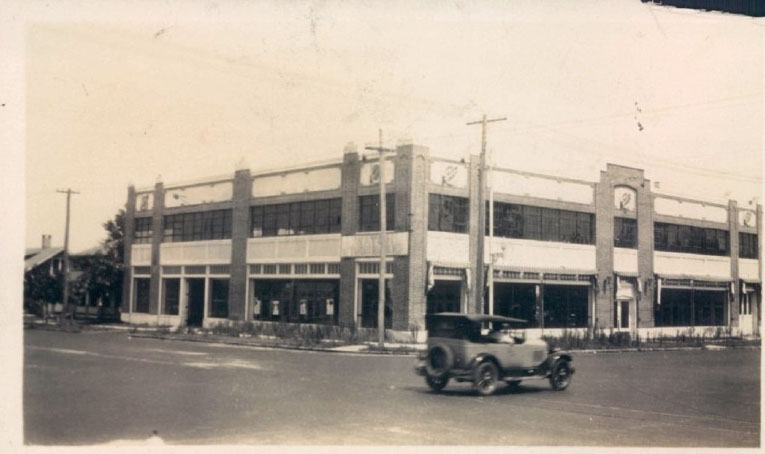 yesteryear
yesteryear Built in 1925, the Studebaker Building is historically significant for its association with the Florida Land Boom of the 1920s and the relationship of the automobile industry and suburbanization. The role of the family automobile in expanding Florida tourism after the First World War I cannot be overstated. St. Petersburg in particular was the destination of middle class winter tourists who came by car and were abetted in their efforts through the ambitious road building programs of Governor Martin and the completion of the Gandy Bridge in 1924, which encouraged the influx of "tin can tourists" into the city. Finally, the building symbolizes the importance of the Studebaker automobile within that industry in the 1920s, particularly the Peninsular Motor Company of southwest Florida, the fourth largest Studebaker dealer in volume in the country by 1925.
The Studebaker Building was the largest and most expensive automobile showroom/garage built in St. Petersburg before the Second World War. The economic boom of the 1920s saw frenzied growth in all areas of commercial construction, including automotive related structures. A review of the St. Petersburg newspapers and city directories from 1920 to 1926 shows phenomenal growth of the automotive business. The Studebaker Building was built in 1925 and occupied by December of that year. It was principally financed by investor Frank C. Lyon of St. Petersburg who spent $115,000 on the construction of the building and retained ownership, giving a long term lease to the Peninsular Motor Co. of Tampa which had the Studebaker franchise for southwest Florida.
The Peninsular Motor Company of Tampa was incorporated in 1921 by Saul Jacobs, President, and Sam Bloomberg, Secretary/Treasurer. The rapid expansion of the company is typical of the Boom Era economy of Florida. In 1922 a franchise was opened in St. Petersburg at 691 Central Avenue, with four employees. When the Studebaker Building opened in December 1925, the company was the fourth largest Studebaker dealer in the world. The franchise covered 14 counties in southwest Florida, with showrooms in Tampa, Lakeland, Bradenton, Sarasota and St. Petersburg. In 1925 the Peninsular Motor Company provided employment for 300 people, with 56 working in St. Petersburg's showroom. However, by 1926 the Peninsular Motor Co. went bankrupt as a result of the collapse of the boom, and the Studebaker Building was closed.
Very few structures remain in St. Petersburg that relate to the early years of this emerging automotive economy. Several badly altered service stations, and a much remodeled Nash-Overland dealership on Central Avenue are the only survivors in addition to the Studebaker Building. Many car dealerships operating on vacant lots in the 1920s also contributed to the scarcity of such buildings. While the Studebaker Company recovered and survived until its final demise in 1967, the Peninsular Motor Company did not. The Studebaker Building stood vacant from 1927 until 1930; at that time the Marble Savings Bank remodeled the interior and leased space on the ground floor to an A&P Grocery Store.
Now leased to the US Government
Historic Studebaker Building Gets a New Turn
By M. Dennis Krohn
The historic building housing the USGS offices in St. Petersburg, FL, is undergoing its third renovation in less than 15 years. Remodeling efforts are underway on the vintage Studebaker building to adapt it to a public display space and a conference center--functions much closer to its original design of selling cars.
The 24,000-square-foot Studebaker building was the centerpiece of the effort made by the University of South Florida (USF) and a city booster group, St. Petersburg Progress, Inc., to woo the Federal research agency to Florida 15 years ago. The two-story building housed an automobile dealership in the 1940's but was abandoned when the company decided to move their dealership closer to downtown.
In January/February of 1988, a USGS selection committee visited four sites up and down the East Coast to locate a new coastal research center. St. Petersburg was the last stop. "The place was an absolute disaster," recalls Abby Sallenger, a member of the USGS selection committee. "Dirt. Weeds. Just lots of eyesores. But what we also saw here was potential."
Recollections from the committee were that the university and the city had really done their homework for the proposal. "This was one of the best collaborations between civic, state, and university officials," Peter Betzer, head of the university committee, recently recalled. "We had just the right combination of financial, civic, and academic resources at the right time. I think it qualifies as a minor miracle." To back up USF's overall vision of a marine science program, the chancellor of the University of Florida system promised five new faculty positions if the USGS moved into the Studebaker building.
After an uphill battle, the Studebaker building was selected as the site of the new USGS coastal research field station in St. Petersburg. A skeleton crew of six occupied a former podiatrist's office as the construction proceeded in the winter of 1988-89. Invariably, about once a week during this period, someone would knock on the makeshift office door and ask "Is the foot doctor still here?" The renovated building was dedicated in April 1989.
The earliest records for the building date back to the turn of the century. The car dealership was from the 1940's. The plaque commemorating the Studebaker building's placement onto the National Register of Historic Places shows the date as 1925. Although the Studebaker building was only an active car dealership for a year or two, its name and trademark have endured. The building has four Studebaker logos on its fašade made of a durable hardened baked enamel product. Only two others are known in the world. They are housed at the Studebaker Museum in South Bend, Indiana.
As the coastal center continued to grow, a second 25,000-square-foot building was started in July 1995. The highlight of this round of construction was moving a 30-foot, 45-ton flume from the USF campus into the new building. The second building was named after Paul I. Getting, executive vice president of the St. Petersburg Chamber of Commerce and long-time supporter of the USGS, and dedicated in May 1996.
The close bond between the city, the university, and the USGS continues to grow and flourish. These good relations were formally recognized by designation of this part of the city that includes USGS, USF, and the Florida Marine Research Institute (FMRI) as the C.W. Bill Young Marine Science Marine Science Complex in February 2002. Congressman Young was instrumental in helping to spearhead the growth of three outstanding marine research facilities in the area.
Continued growth of the center and incorporation of several biologists as part of the Florida Integrated Science Center (FISC) put space demands on the two existing structures. A third building, three stories high, was proposed for the parking lot of the original Studebaker building. Design work started in August 2002, and renovations began a year later. Terry Kelley has supervised all three
renovations. "The first one was a lot quieter," he noted dryly as cement saws roared through concrete footers. "I was based in Menlo Park (CA) then."
St. Petersburg Mayor Rick Baker toured the building before renovations began. The mayor was a keen enough observer to spot the changes made to the original concrete floor during the first renovation. "We are pleased to see USGS, a special part of our community, grow into the future, while at the same time help us preserve our past through the preservation of the Studebaker building. As St. Petersburg celebrates its 100th anniversary this year, USGS has proudly helped us show off this part of our history."
Renovations on the Studebaker building will include state-of-the-art videoconferencing facility, a 3375-square-foot conference room that can hold up to 300 people and an interactive outreach area for the general public. "This was a conscious effort on our part to link the public to the work being done in our historic building," explains Center Chief Dr. Lisa Robbins. "People were always outside my office taking pictures of the building. Now they can stop, come inside, learn about the building, and learn about what the USGS does here as well."
From a staff of 6 in the former podiatrist office, the center has grown to 120 in January 2004. With the third building, more growth is expected. "We might grow a little bit," Kelley recalls being told during the attempts to convince him to move from California to St. Petersburg in the late 1980's. "We might have up to 15 people." U.S. Department of the Interior
U.S. Department of the Interior | U.S. Geological Survey URL: https://www.usgs.gov/125/articles/studebaker.html Page Contact Information: Ask USGS
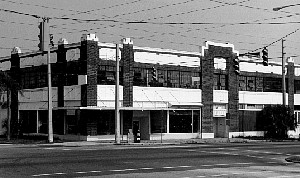
|
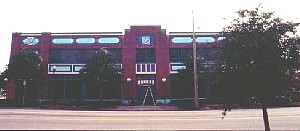
|
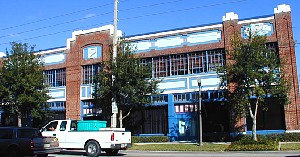
|
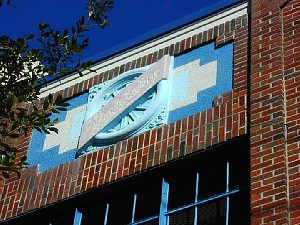
|
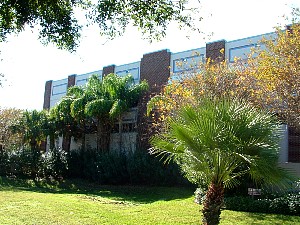
|
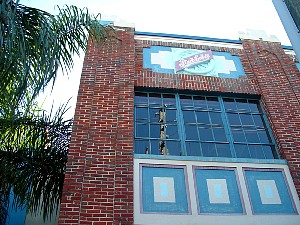
|
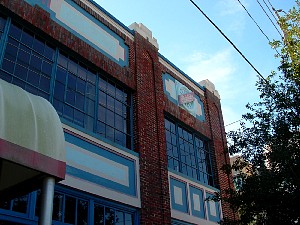
|
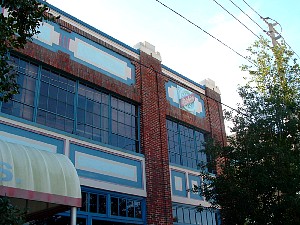
|
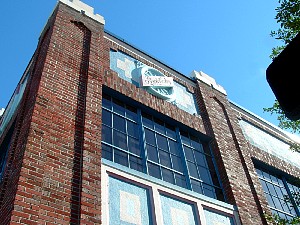
|
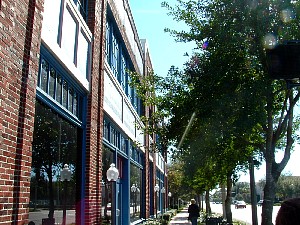
|
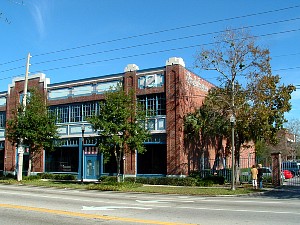
|
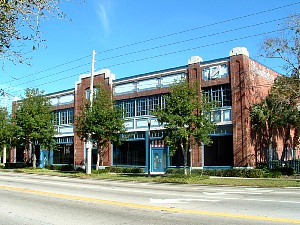
|
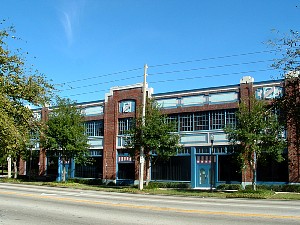
|
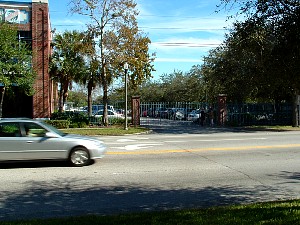
|
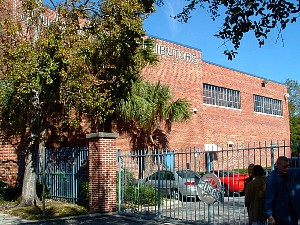
|
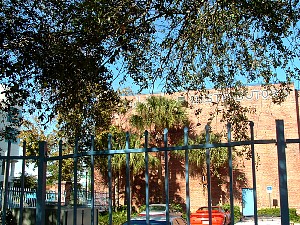
|
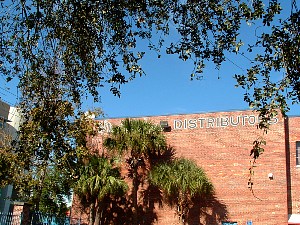
|
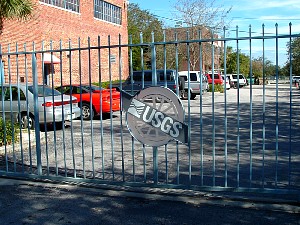
|
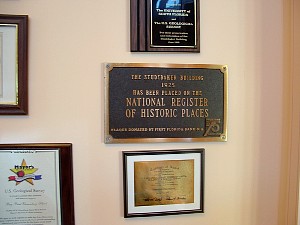
|
![]()
Some technical opinions are my own from experience, other informational data is from online sources with credits when available and while care has been taken to be as accurate as possible, it is offered only as a guide and caution should be exercised in the application of it.

